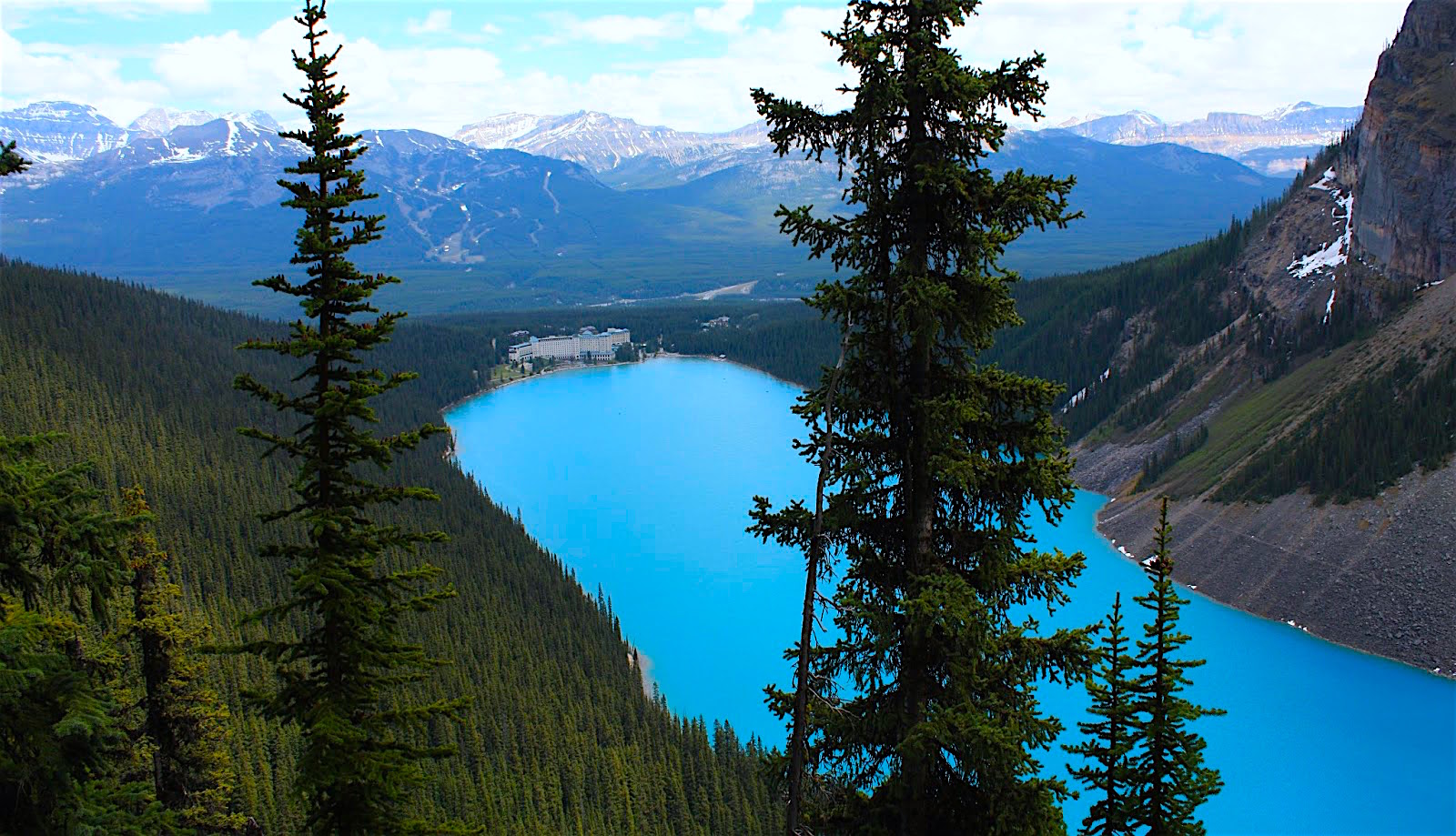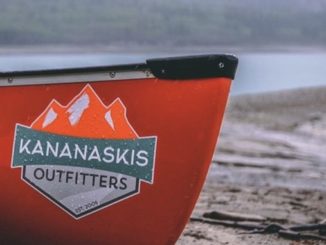
Lake Louise, one of the most photographed and visually stunning lakes in the world, needs no formal introduction, but are you aware of how the lake became so popular? The lake was officially “discovered” in 1882 by Canadian Pacific Railway (CPR) employee Tom Wilson, who was directed to the emerald waters by a Stoney guide. Although Wilson was likely the first European to set eyes on the lake local First Nation groups had known about it for years, referring to it as Ho-run-num-nay or Lake of the Little Fishes. Wilson originally named it Emerald Lake due to its greenish-blue water, but in 1884 the lake was renamed in honour of Princess Louise Caroline Alberta, the fourth daughter of Queen Victoria and wife of John Campbell, Canada’s fourth Governor General. In 1887 when Rocky Mountains National Park was formed (now known as Banff National Park), Lake Louise quickly became its crown jewel.
”As God is my judge, I never in all my explorations saw such a matchless scene.”
~Tom Wilson upon seeing the lake for the first time.

The resort community of Lake Louise was originally just a CPR station and railway base camp known as Laggan. It didn’t take long for Cornelius Van Horne, general manager of the CPR, to realize the lake’s potential as a coveted outdoor destination and in 1890 commissioned the construction of a one-story log cabin along the shoreline. Over time this simple cabin evolved to become Chateau Lake Louise, a luxurious lakeside resort that dates as far back as 1911. Since then the town has grown considerably featuring accommodations to suit everyone’s budget.

The Lake Louise area is credited as being the birthplace of mountaineering in Canada. The surrounding peaks lured aspiring alpinists from across the continent and the world, hoping to lay claim to first ascents in the rapidly expanding Canadian west. With the help of Swiss Guides, who were hired by the CPR after Phillip Abbott fell to his death mere meters below Mount Lefroy’s summit, over 250 previously unclimbed peaks were bagged. Many of the trails forged by the guides and their clients are still used by countless guests today.

Contrary to the beliefs of some tourists Lake Louise is not drained in the off-season so the bottom can be painted a bright turquoise blue. The lake gets its magnificent colour from suspended particles of rock flour being deposited into the lake by melting glaciers. Rock flour are tiny particles of limestone that are carried to the lake via glacial meltwater. The particles float near the surface where they can reflect light to our eyes. These particles allow the lake to look both opaque and brilliant at the same time. These qualities can be greatly enhanced when the lake is viewed from a higher vantage point.

Today Lake Louise and surrounding area is a mecca for outdoor activity. I’ve hiked several of the trails around and above the lake and more recently enjoyed stand-up paddleboarding (SUP) on its glassy surface, but one can find a host of additional adventures mere steps from the parking lot. Tackle one of the park’s classic trails (i.e. Plain of the Six Glaciers or Lake Agnes), strap on a harness and try rock climbing that offers unique challenges for all abilities, jump on your bicycle and pedal along one of the many scenic trails, rent a canoe from the lakeside boathouse and explore the lake at a leisurely pace, or test your luck at spotting Grizzly Bears on the Summer Gondola. Whatever your passion I’m sure you’ll find it, and more, in Lake Louise. After you’ve been there just once you’ll understand why people always keep coming back!





